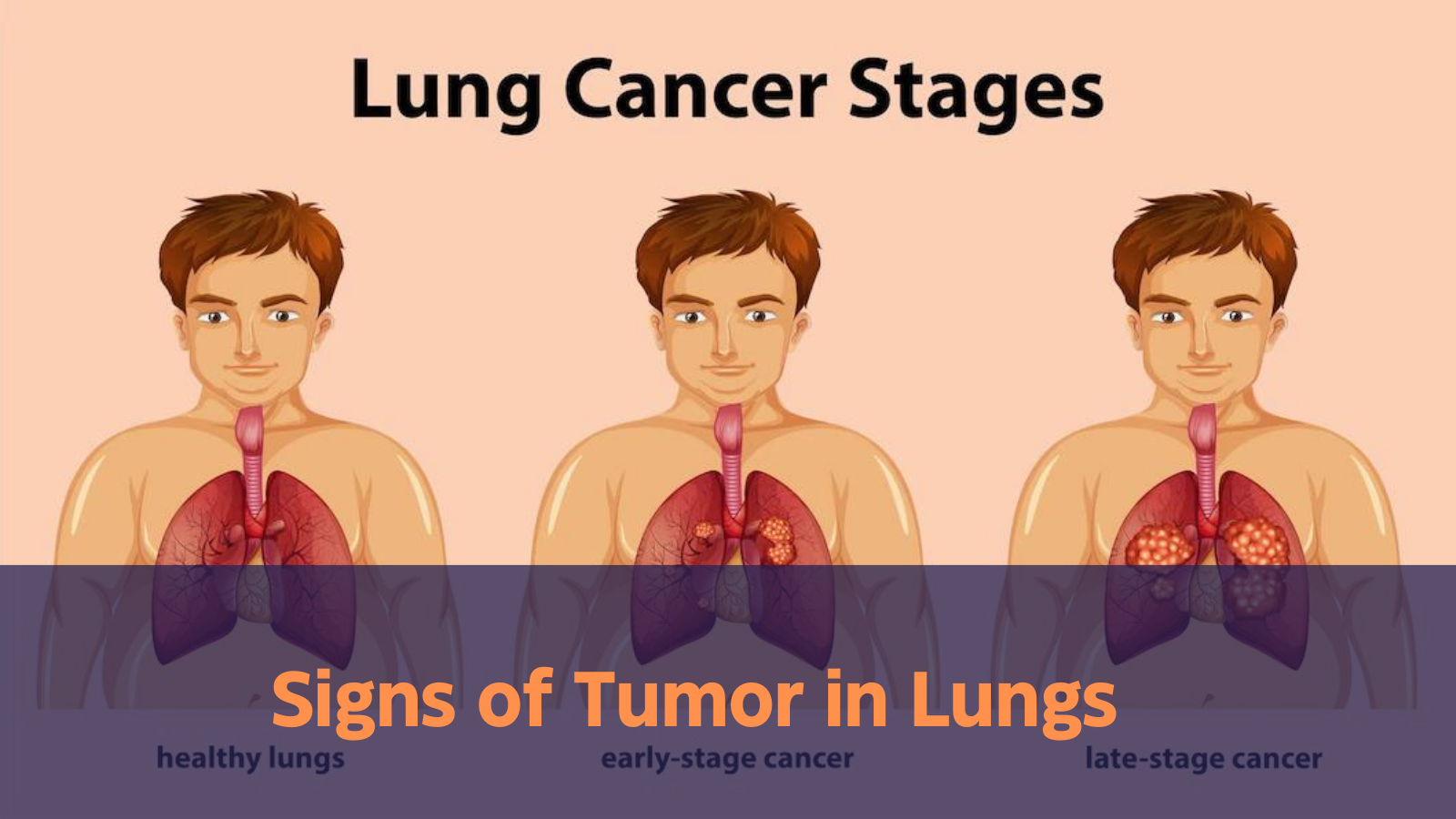Lung tumors, whether benign or malignant, can significantly impact health and quality of life. Recognizing the signs and symptoms early is crucial for timely diagnosis and effective treatment. This comprehensive guide explores the common signs of lung tumors, their implications, and the importance of seeking medical attention.
Understanding Lung Tumors
Lung tumors can be classified into two main types:
- Benign Tumors: Non-cancerous growths that do not spread to other parts of the body. Examples include hamartomas and bronchial carcinoids.
- Malignant Tumors: Cancerous growths that can invade surrounding tissues and spread (metastasize) to other parts of the body. Common types include non-small cell lung cancer (NSCLC) and small cell lung cancer (SCLC).
Common Signs and Symptoms
Recognizing the signs of lung tumors can be challenging, as symptoms may be subtle or similar to other respiratory conditions. Here’s a detailed look at the common signs:
1. Persistent Cough
A persistent cough that doesn’t go away or worsens over time can be a red flag. This symptom may start as a mild cough but can gradually become more frequent and severe. It’s important to distinguish between a temporary cough due to a cold or allergies and one that persists for weeks or months.
2. Blood in Sputum (Hemoptysis)
Coughing up blood or rust-colored sputum is a concerning symptom that should be evaluated immediately. This can occur with lung tumors due to irritation or bleeding within the airways. Even a small amount of blood should be reported to a healthcare provider.
3. Chest Pain
Chest pain associated with lung tumors can vary from a dull ache to sharp, stabbing sensations. The pain may be localized or spread to other areas such as the back or shoulder. It may worsen with deep breathing or coughing and can be an indication of tumor growth affecting the chest wall or surrounding structures.
4. Shortness of Breath
Experiencing shortness of breath or difficulty breathing can be a sign of lung tumors obstructing the airways or affecting lung function. This symptom can develop gradually or suddenly and may be accompanied by wheezing or a feeling of tightness in the chest.
5. Unexplained Weight Loss
Unintentional weight loss without a clear cause can be a symptom of lung cancer. Tumors can lead to metabolic changes in the body, affecting appetite and overall weight. Significant weight loss, especially when combined with other symptoms, should be evaluated by a healthcare provider.
6. Fatigue
Persistent fatigue and weakness are common symptoms associated with lung tumors. Cancer-related fatigue can be profound and may not improve with rest. This symptom can result from the body’s response to cancer or from the effects of the tumor on overall health.
7. Hoarseness or Voice Changes
Hoarseness or changes in the voice, such as a raspy or strained quality, can occur if a tumor affects the vocal cords or nearby nerves. This symptom is more common when the tumor is located near the upper part of the lungs or if it invades surrounding structures.
8. Recurrent Respiratory Infections
Frequent or recurrent respiratory infections, such as bronchitis or pneumonia, may be a sign of an underlying lung tumor. Tumors can obstruct airways and create an environment conducive to infections. If respiratory infections become persistent or severe, further evaluation may be needed.
9. Swelling in the Face or Neck
Swelling in the face or neck, known as superior vena cava syndrome, can occur if a tumor compresses or invades the superior vena cava, a major vein carrying blood from the head and upper body to the heart. This can lead to visible swelling and a feeling of fullness in the face or neck.
10. Abnormal Breath Sounds
Wheezing, crackling, or other abnormal breath sounds can indicate a blockage or inflammation in the airways. These sounds may be detected by a healthcare provider during a physical examination or through diagnostic imaging.
When to Seek Medical Attention
It’s important to consult a healthcare provider if you experience any of the above symptoms, especially if they persist or worsen over time. Early diagnosis and treatment are crucial for improving outcomes and managing lung tumors effectively. Your healthcare provider may recommend diagnostic tests such as:
- Chest X-Ray: A basic imaging test to detect abnormalities in the lungs.
- CT Scan: Provides detailed cross-sectional images of the chest to identify tumors and assess their size and location.
- Bronchoscopy: A procedure to examine the airways and obtain tissue samples for biopsy.
- PET Scan: Helps to determine if the cancer has spread to other parts of the body.
- Biopsy: A procedure to obtain a sample of the tumor for pathological examination to confirm the presence of cancer.
Risk Factors and Prevention
Understanding risk factors for lung tumors can help with early detection and prevention. Key risk factors include:
- Smoking: The leading cause of lung cancer. Quitting smoking and avoiding exposure to tobacco smoke is crucial for reducing risk.
- Exposure to Radon: A radioactive gas that can accumulate in homes and increase lung cancer risk.
- Occupational Hazards: Exposure to asbestos, chemicals, or other carcinogens in the workplace can increase risk.
- Family History: A family history of lung cancer or other cancers may increase susceptibility.
- Previous Lung Diseases: Conditions such as chronic bronchitis or emphysema can elevate risk.
Conclusion
Recognizing the signs of lung tumors is vital for early diagnosis and effective treatment. Persistent symptoms such as a cough, blood in sputum, chest pain, and shortness of breath should be evaluated by a healthcare provider. Understanding the risk factors and seeking timely medical attention from the best thoracic surgeon in India can significantly impact outcomes and improve quality of life. If you experience any of these symptoms or have concerns about lung health, consult with a healthcare professional for a thorough evaluation and appropriate care. Early intervention and ongoing monitoring are key to managing lung tumors and ensuring the best possible outcome.

